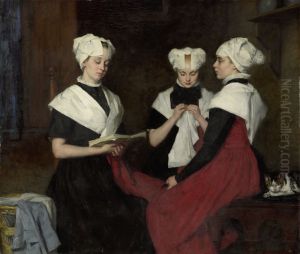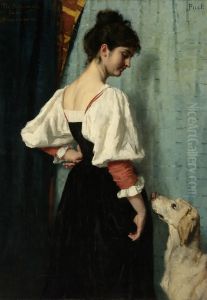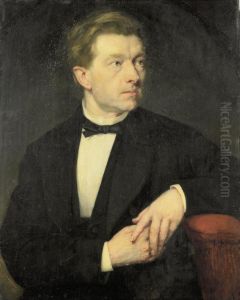Therese Schwartze Paintings
Therese Schwartze was a Dutch portrait painter who was born on December 20, 1851, in Amsterdam, Netherlands. She was the daughter of the painter Johann Georg Schwartze and was exposed to art from a young age. Schwartze showed an exceptional talent for painting, and her father was her first teacher. She later studied in Munich, which was unusual for women at the time, as art academies typically did not admit female students. However, her talent was such that she was able to receive private tuition from prominent painters.
Schwartze's work was primarily in the field of portraiture, and she quickly gained a reputation for her sophisticated technique and the ability to capture her subjects' characters. Her portraits were well-received in the Netherlands and beyond, and she was regarded as one of the leading portrait artists of her time. Notably, she painted portraits of important figures of Dutch society, including members of the royal family.
In her mid-thirties, Schwartze returned to Amsterdam, where she established a successful career. Her studio became a center of activity, and she taught a number of other female artists, playing a significant role in encouraging women in the field of art at a time when they faced considerable barriers.
Schwartze's style of painting was influenced by the elegant realism of the 17th-century Dutch masters, and she was known for her skilled use of chiaroscuro and her sensitive portrayal of fabrics and textures. Despite her adherence to realism, her work also displayed a certain degree of modernity, as she often placed her subjects in relaxed, informal poses, which was a departure from the more rigid and formal portrait style of the period.
During her lifetime, Schwartze received numerous awards and honors for her work, including the Order of Orange-Nassau, a Dutch civil and military honor. She continued to work and exhibit her art until her death in Amsterdam on December 23, 1918. Schwartze's legacy continues, and her paintings are still admired for their technical excellence and expressive power. Her works can be found in various museums and private collections around the world.
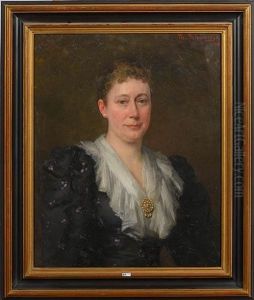
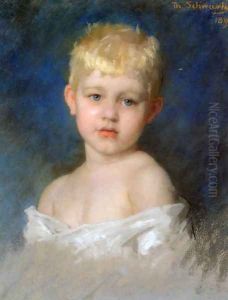
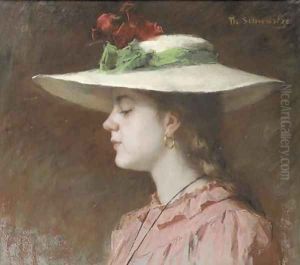
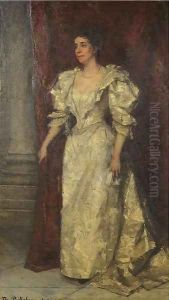
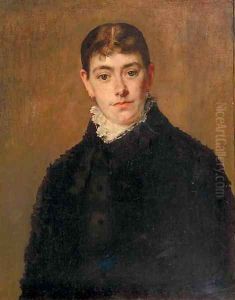
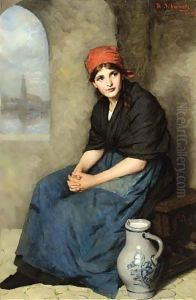
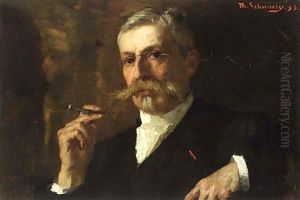

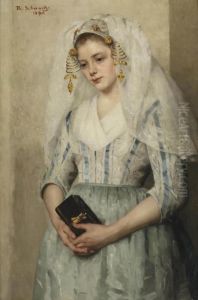
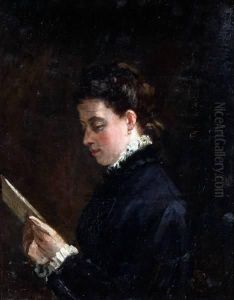
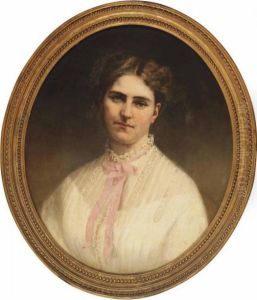
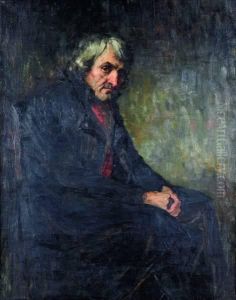
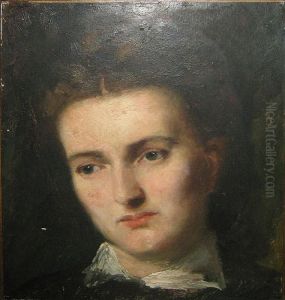
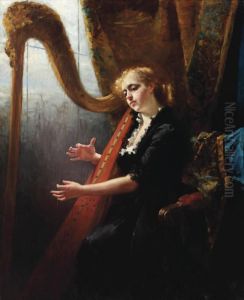
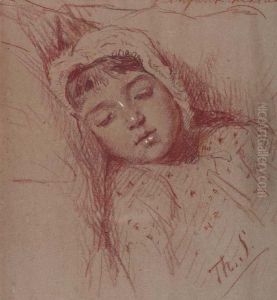
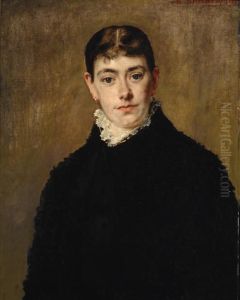
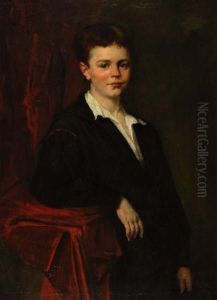
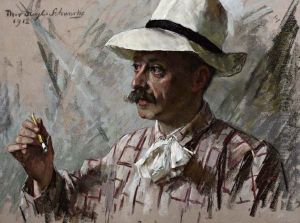
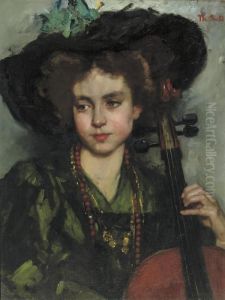
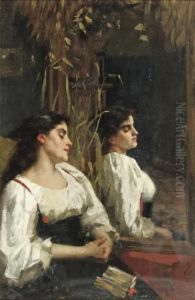
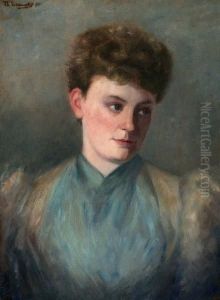
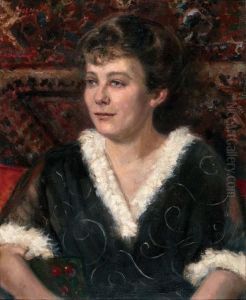
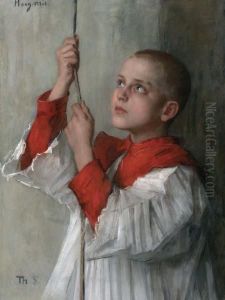
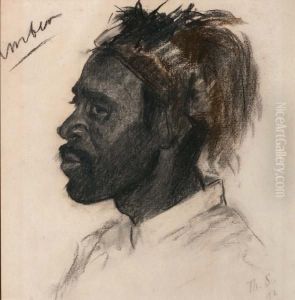
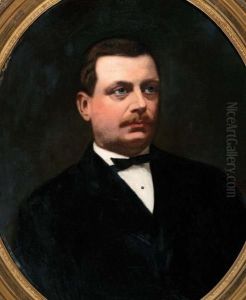
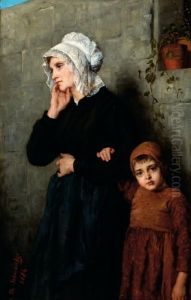
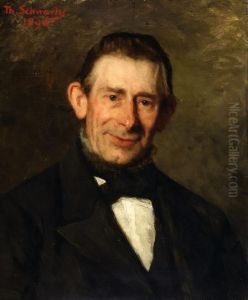
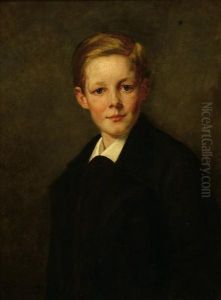
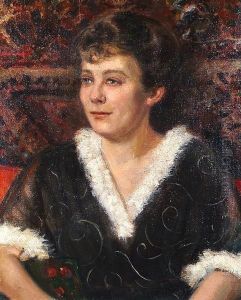
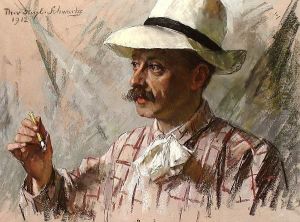
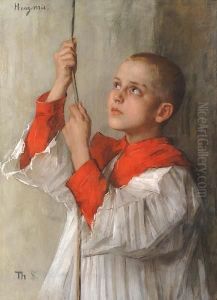
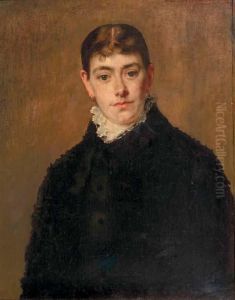
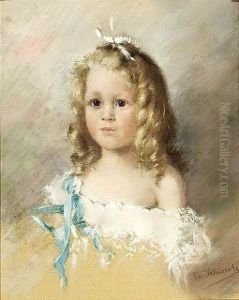
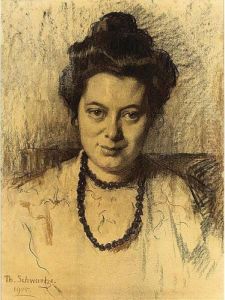
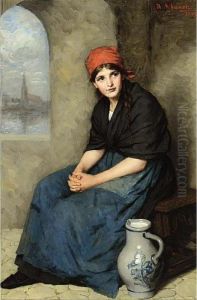
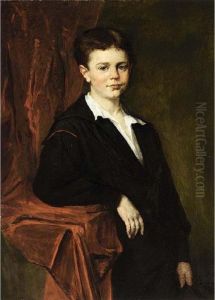
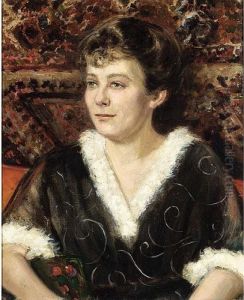
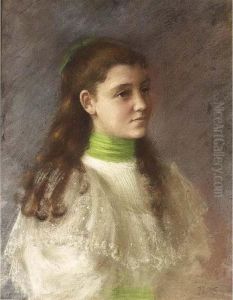
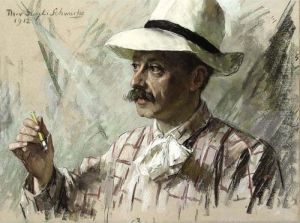
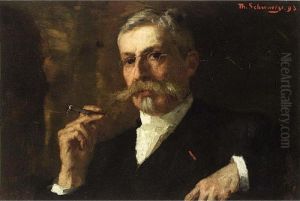
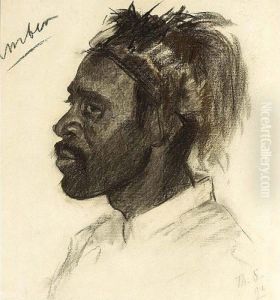
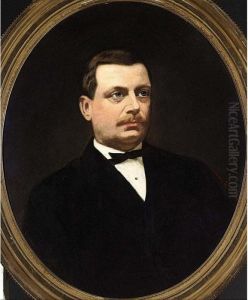
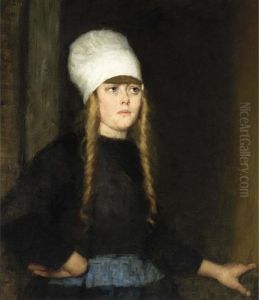
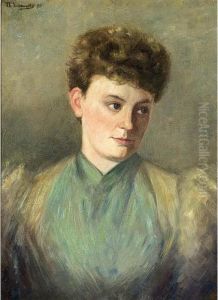
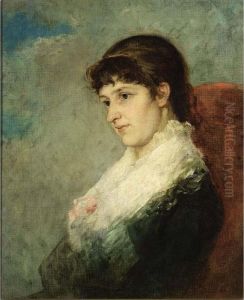

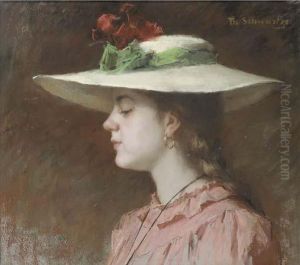
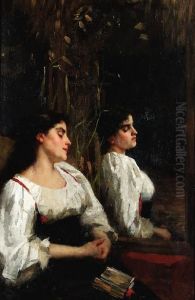
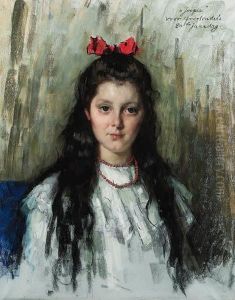
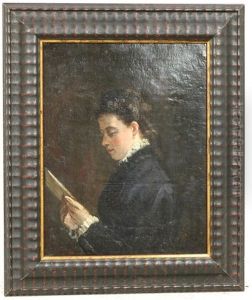
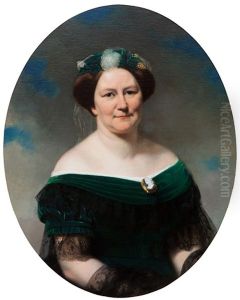
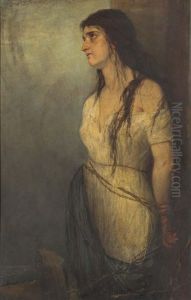
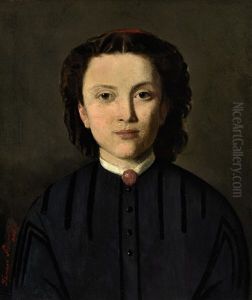
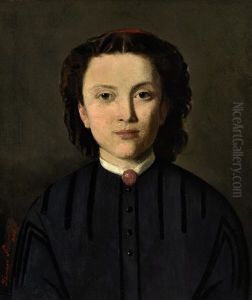
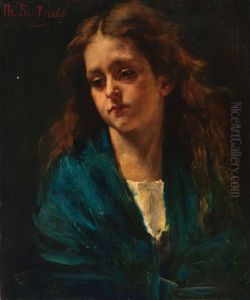
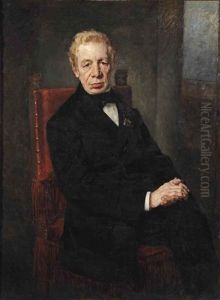
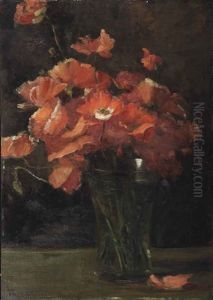
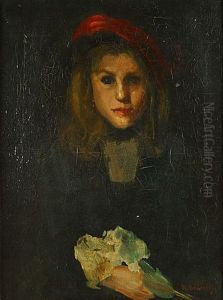
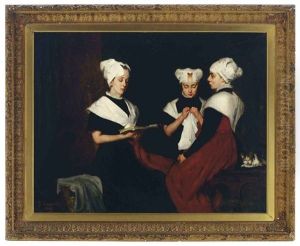
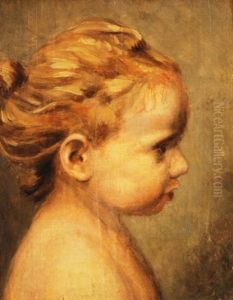
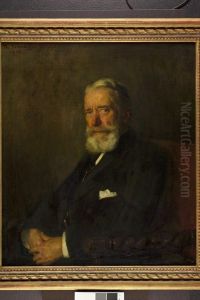
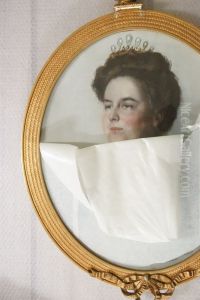
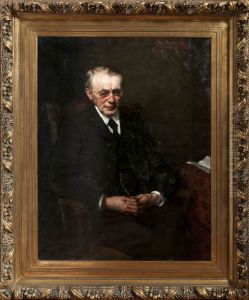
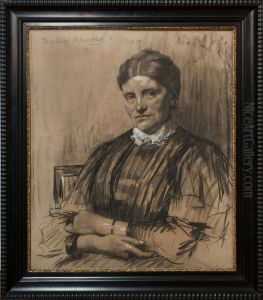
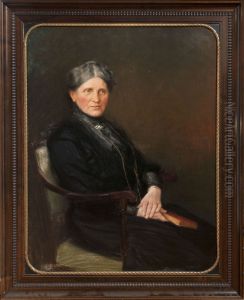
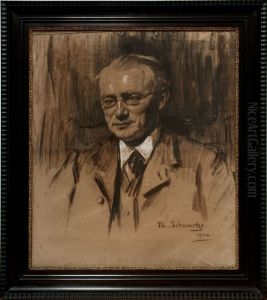
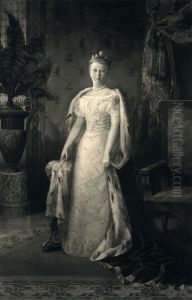
![[1]](https://www.niceartgallery.com/imgs/4612655/s/therese-schwartze-1-72c21c6.jpg)

